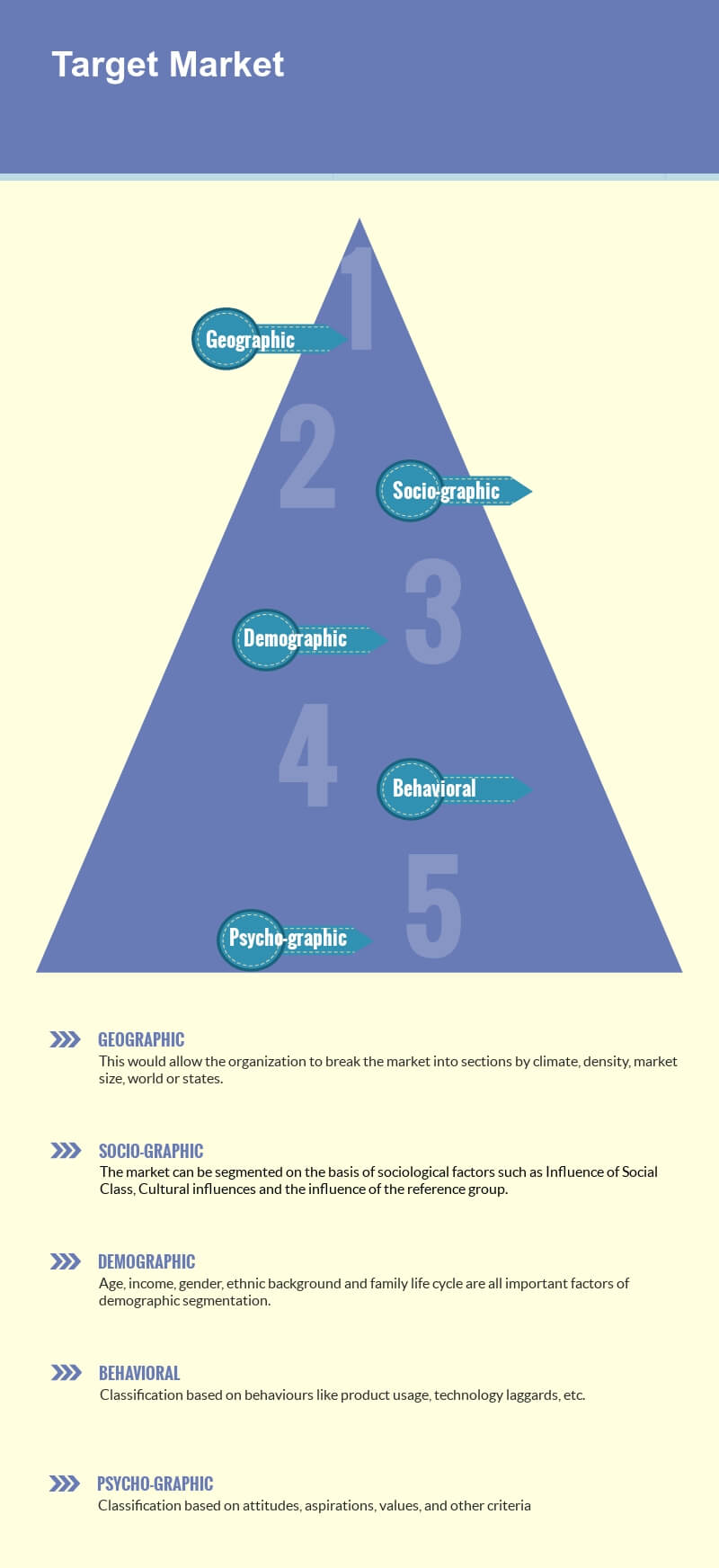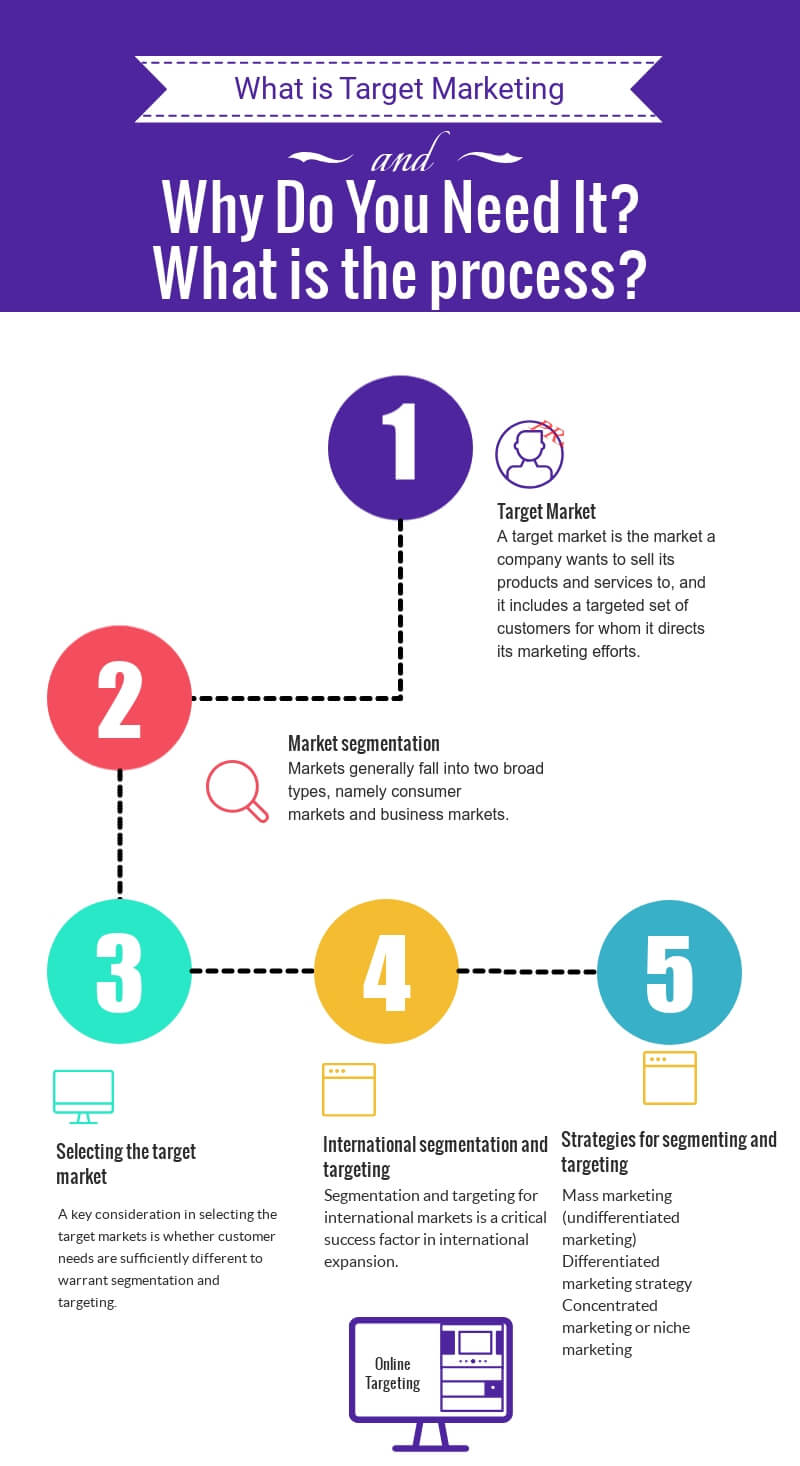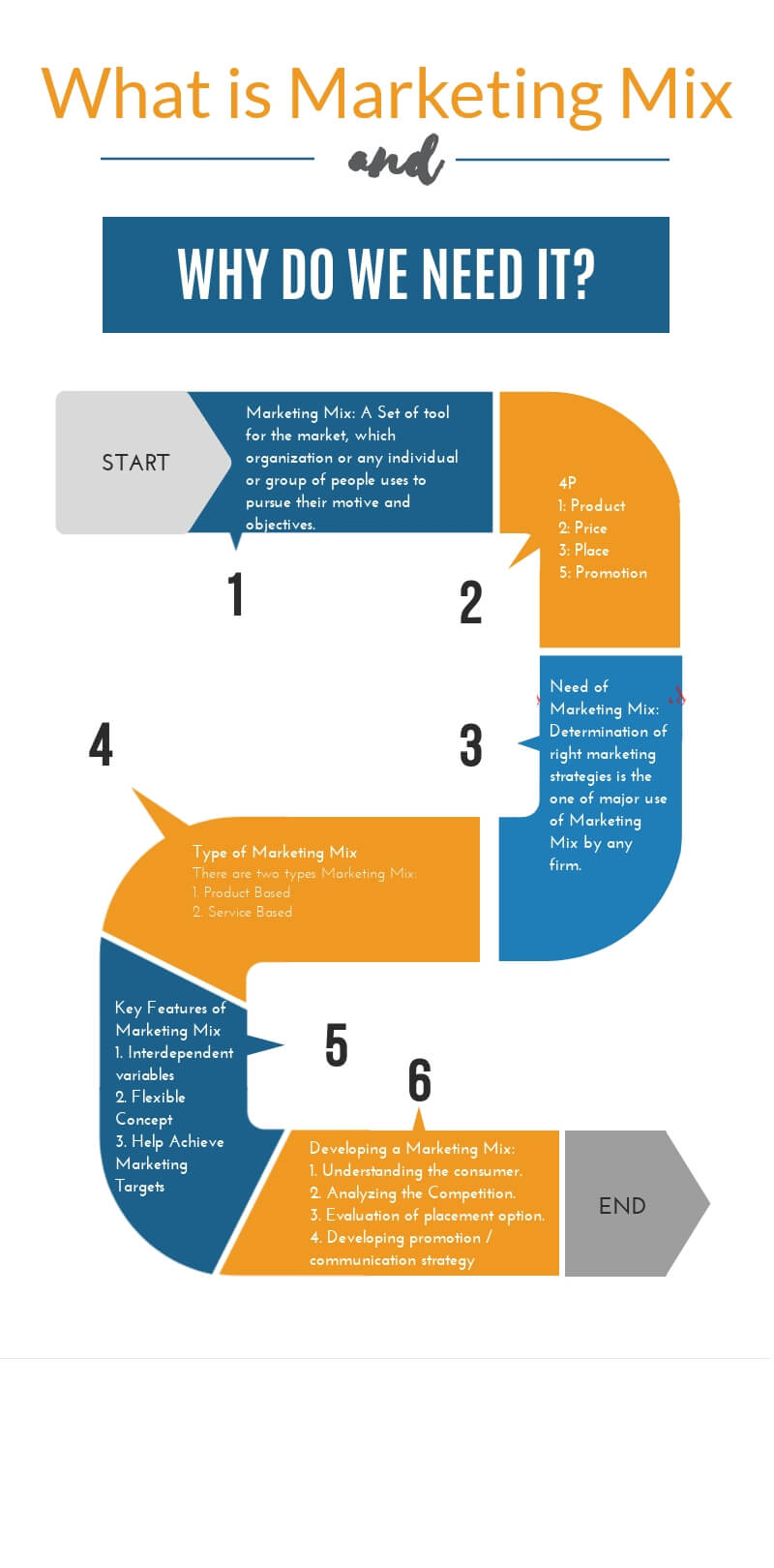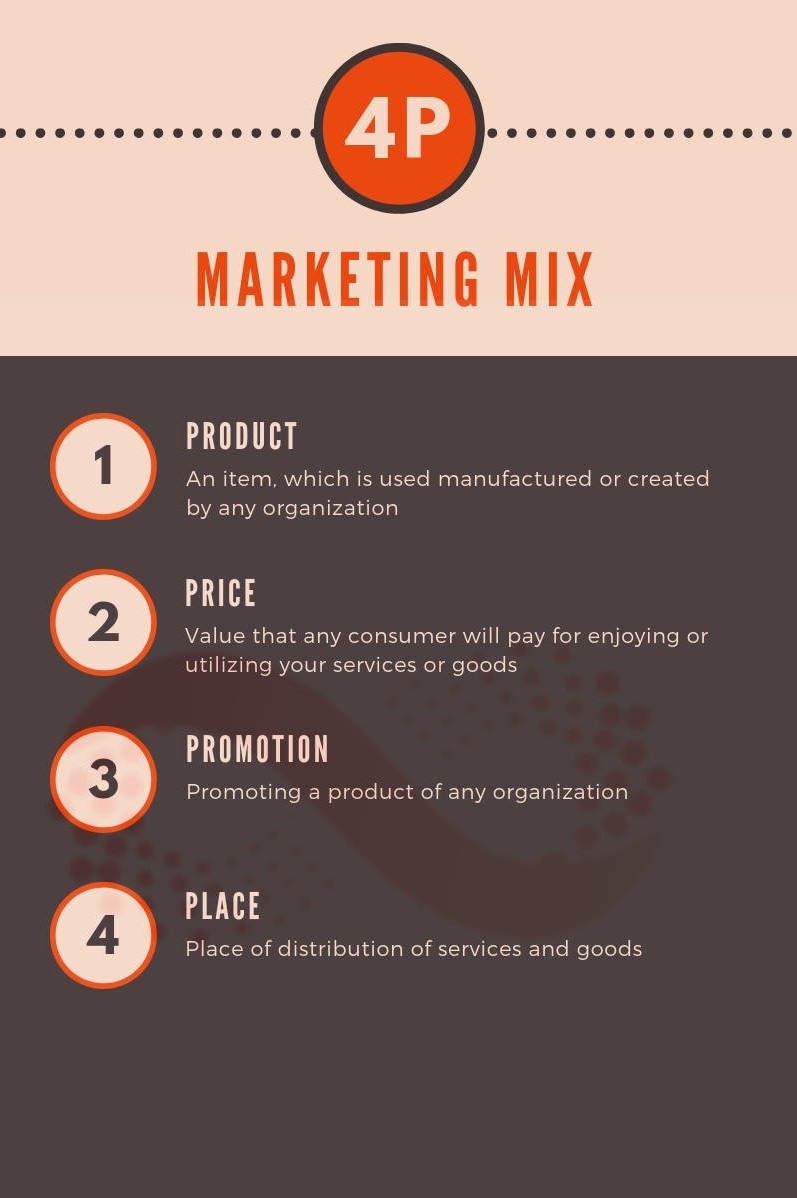What it is?
Target Market
A target market is a market that an organization needs to move its services and products, and it incorporates the group of target consumers for whom it coordinates its marketing efforts.
Recognizing the target market is a vital step in the improvement of a marketing plan. A target market can be totally isolated from the market by buying power, geography, demography, and psychographics. For detailed academic help, assignment help is always there to help you out in your assignments.
Background
The choice of a target market (or target market) is a part of the general process known as S-T-P (Segmentation → Targeting → Positioning). Before a business can build up a strategy of positioning, it should initially break the market and identify the target (or objective) for the situating methodology. This enables the business to tailor its marketing exercises with the wishes, expectations, needs, and aspirations for the target consumers.
This empowers the business to utilize its marketing assets even more effectively, bringing about higher expenses and time-productive marketing efforts. It allows a rich understanding of the consumers and thus empowers marketing tactics and strategies, for example, product pricing, design, and promotion, which will be connected to the mind and heart of the clients.
Also, targeting makes it easy to gather more exact information about clients’ behaviors and requirements, and afterward the data is examined over a long time to adequately refine market strategies.
The initial phase in the S-T-P process is market segmentation. In this period of the planning process, the business recognizes the market potential or TAM (Total Available Market). This is the total number of existing clients and potential clients, and it might also incorporate critical influencers.
Market Segmentation
The market, in a target market, comes in two general classifications, for example, business markets and consumer markets. In a consumer or customer market, there are households or individuals who purchase products for their own utilization and would prefer not to sell those products for the benefit.
In a business market, there are organizations or individuals that purchase merchandise for one of the three fundamental purposes;
- for use in the generation of different services or goods;
- for resale
- for general use in everyday business activities.
On the basis that the TAM or total available market (TAM) is the customer market or the business market, the approaches to the segmentation will depend.
- Market Segmentation in a target market is the methods toward segmenting the TAM or total available market, in which a lot of critical bases are utilized for the segmentation of geographic, behavioural, psychological or on the basis of the needs. For example, demographic segmentation of grown-up male populaces can yield the segmentation by 18-24 (Male) 25-39 (Male), 40-59 (Male) and Male 60+
- While a psychographic division can create segmentations like Traditional Families, Young Singles, Social Awareness, and Conservatives. Distinguishing shopper request and openings inside these portions should assist the market with disabling the most productive sections.
Assignment Help UK will help you in making assignments on Marketing Mix
1. Geographics
- Geographical Division in the target market is the act of segmenting the target group of people of a campaign where they are located. Sections can be wide as a region or country or can be restricted as a street of homes in the town.
- The geographic division is helpful for both small businesses and large business. Big organizations with universal markets can offer services or goods to a group of consumers in special places.
- Particularly for private companies, the geographic division can be utilized to target specific clients, which won’t waste additional promoting expense on impressions.
2. Socio-Graphics
- In socio-graphics, the market is targeted on the individual basis in which specific characteristics like friends, attitudes, passions, hobbies, and effects are determined.
3. Demo-Graphics
- In a target market, depending upon a few characteristics of the group of people, demographic segmentation is partitioning the market. Features are frequently included yet are not restricted to ethnicity, religion, race, gender, age, education, marital status, salary, and business.
- Considerably easier to implement, demographic segmentation can be helpful in various ways. Luxury brands can choose the market from the salary of people> $ 100,000 of demographics. Universities can utilize the message in their ad, engaging children of age between 17-22 years.
4. Behavioral
- The behavioral division is like the psychological division on the basis that it is less suitable than the demographic or geographic division. Behavioral Partition is the act of segmenting shoppers into groups as indicated by any of the following qualities: Awareness, Fidelity, Uses, Knowledge, Opportunities, Choice and Purchase Pattern.
- Behavioral division can be utilized in different ways. While portioning dependent on awareness, organizations can send an ad campaign to their reliable clients, while targeting an extra campaign for potential clients, who need to build relationships with the brand.
5. Psycho-Graphics
- The psycho-graphic division is less concrete than both geographic and demographic customer divisions, in light of the fact that the highlights utilized for the segment are less “substantial” than the last two. Psychological segmentation divides the market into the standards of the values, lifestyle, personality and social class.
Global Targeting and Segmentation
Targeting and Partitioning for universal markets is an essential factor for achievement in global development. All things considered, the diversity of global markets with regards to their market exposure and attractiveness profile complicates the process of choosing which markets to enter and which buyers to target. Targeting decisions in worldwide markets have an extra layer of complex nature.
Positioning
- Positioning is the last step in the S-T-P plan approach (Segmentation → Targeting → Positioning). Positioning refers to such those decisions regarding how to present the suggestion, which echoes with the target market.
- During the analysis and research done during the targeting and segmentation process, the marketer will gain insights into what motivates the consumers to purchase any service or goods. These insights can be utilized to illuminate the improvement of the strategy of the circumstance.
- The firm generally develops a detailed positioning statement that includes the definition of the target market, market requirement, product name and category, key benefits distributed and the basis of the variety of the product from any competitive options.
- Communication strategies are the primary means by which businesses communicate their position articulations to target viewers.
Marketing mix (4 Ps)
- For any organization, Marketing Mix serves as a foundation model. The marketing mix is defined as a set of “marketing tools that the firm uses to facilitate its marketing destinations in the objective”. In this way, the marketing mix refers to four wide dimensions of marketing choice, i.e .: 4ps. (Product, Price, Place, and Promotion.
- At the point when a specific product is carried it into the market, at that point, the companies need to settle on decisions identified with the product which will at last influence the adequacy of a picked strategy.
- Four/4P is the type of parameter that is under the control of the market. “The objective is to decide on qualities that put the 4P of clients in the target market at the middle to make perceived value and produce positive input”.
4ps
4P of Marketing Mix was created by E. Jerome McCarthy in the year 1960, he was a marketing expert. And this was accepted by the global business. 4P act as an enhancement for the components of the Marketing Mix that you are composing for the new services or product. It consists of four components: Product Price Place Promotion.
1. Product
- Product in 4P of Marketing Mix is basically an item, which is used manufactured or created by any organization.
- This can be in both intangible and tangible form.
- The intangible form consists of all the services that are made by any business and tangible services consist of goods that are manufactured by any organization.
2. Price
- Price in the 4P of Marketing Mix is basically a value that any consumer will pay for enjoying or utilizing your services or goods.
- Price plays a very important role as a component of the Marketing Mix. The survival and the profit of any organization are defined by price.
- When you are writing about price, be sure you have gone into the details of price adjustment of any organization.
- To decide the apparent value of the product instead of the genuine estimation of the product, leading statistical surveying and test deals will enable you to set a sensible price point.
3. Promotion
- Promotion in the 4P of Marketing Mix consists of promoting a product of any organization.
- It serves as a vital component of marketing as it is used to boost the brand value and recognition among the people.
- Before you write anything about the promotion of any organization, you should have knowledge of public relation, sales promotion, sales organization, and advertising. Sometimes organization use techniques like word of mouth.
4. Place
- Place in the 4P of Marketing Mix is basically, a product or service distribution or placement, and it is an essential part of the marketing mix.
- While writing about the place, you should be having a deep understanding of the target market of that organization.
- The place should always be accessible for the consumers for the positioning and distribution of the products.
- You must be knowing about where exactly the client is looking for the products of the organization. The kind of shops or stores that consumers are looking to visit. Whether the organization needs strong salesforce, or they need to sell online or not.
Assignment writing service UK will guide you in your academic assignments.
Strategies for targeting and segmenting
There are a total of five strategies for targeting and segmentation, these are:
1. Differentiated marketing strategy
- Differentiated marketing is an activity in which different messages are promoted to interest people in specific groups inside the targeted market.
- Differentiated marketing, however, is a technique that requires a ton of investment.
- Because of changing messages each time to promote various messages, it is expensive on the grounds that each time for a different message it will cost.
2. Mass marketing
- Mass marketing is a strategy used to target many people at a time under the circumstances to promote which marketers need to realize the target market.
- At the point when TV came into the market, in practically all business campaigns, differentiated marketing was utilized to convey a message with all people at a time.
3. Niche marketing or Concentrated marketing
- A niche marketing business is a term used to concentrate on selling the organization’s services and products just in a specific target market.
- In spite of being attractive to private ventures, niche marketing is viewed as an extreme marketing system, since organizations can require serious and broad research to achieve their particular target market.
- Niche marketing happens when a firm/organization focus on a specific perspective or group of consumers to give their service and products.
- Niche marketing is additionally referred to basically as engaged marketing, which implies that the firm is utilizing every one of their assets and abilities at a specific place.
- Niche Marketing has turned out to be the best marketing methodologies for some organizations since it recognizes significant assets and gives the market a particular classification that focuses on data.
4. Direct marketing
- Direct marketing is a technique that the firm can market directly to the requirements and desires of its consumers, concentrating on buyer ways of managing money and their potential advantages.
- The organization uses direct marketing as a communication channel to communicate and contact their present consumers.
- Consumer information is gathered and marketed through different methods. Social media platforms and interne, for example, Facebook, Twitter, and Snapchat are the best way of gathering the data.
- All these are the platform by which associations accumulate consumer’s information to realize what they like and need to enable the organization to meet their target markets and their interests.




